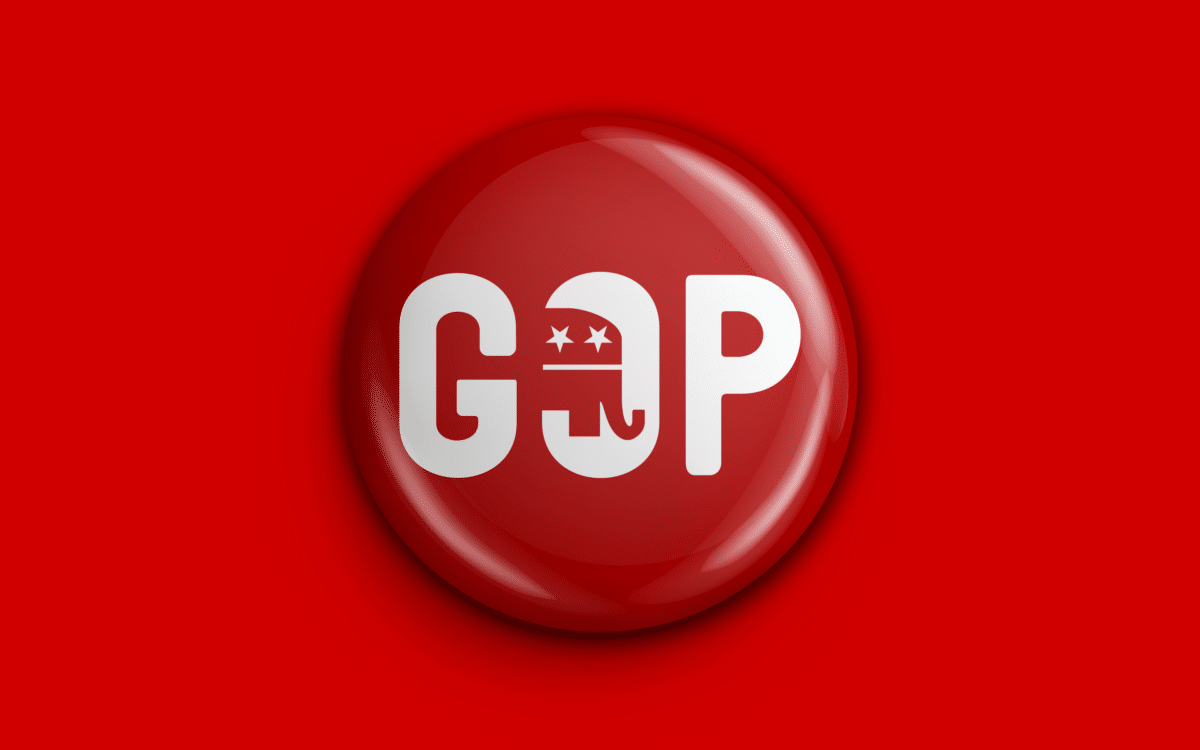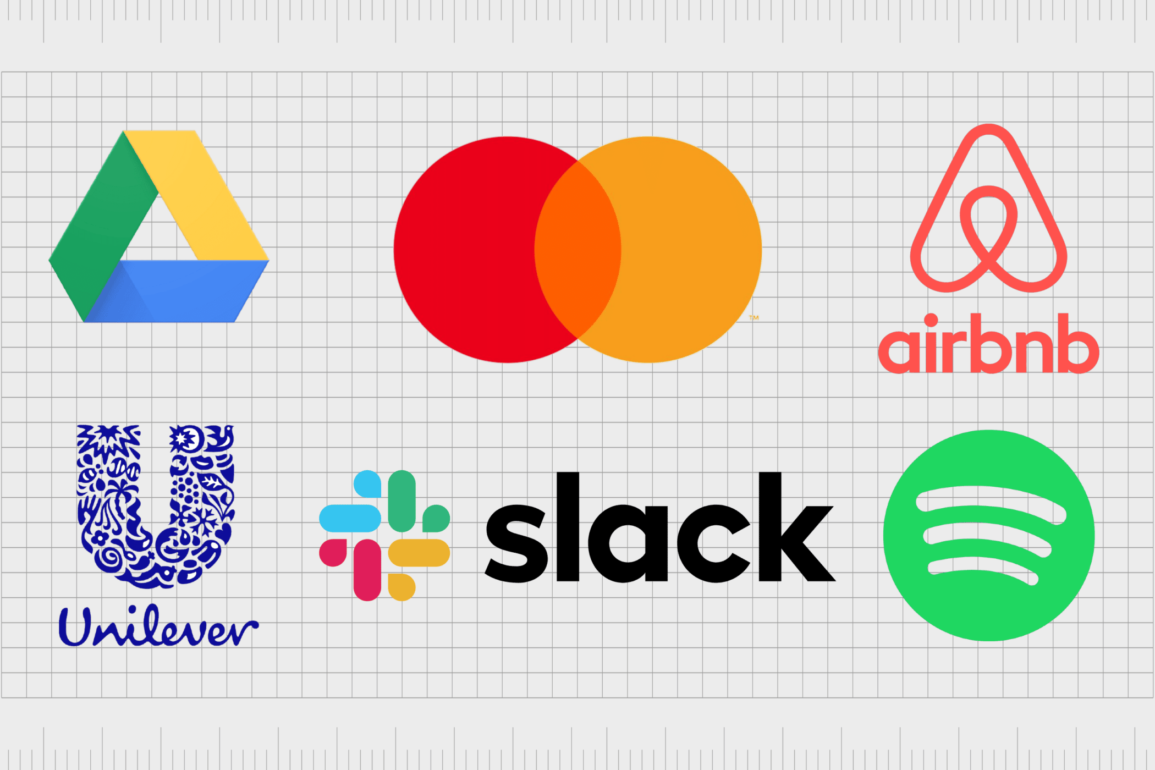Donkey vs elephant: The Democratic and Republican symbols

The donkey vs elephant debate is one of the biggest in the world of political party branding. Even if you don’t live in America, you’re probably familiar with the political battles of the US, and the Democratic and Republican logos used alongside them.
The official Democrat vs Republican logo battle isn’t quite as exciting as you might think. Officially, the Democrats use a simple capital D in a blue circle as their icon. Similarly, the Republican logo is actually just the white letters “GOP” (Grand Old Party) on a red background.
Of course, if you ask most people what the Democratic and Republican symbols are, they won’t even mention those icons. It’s the unofficial mascots of the two parties responsible for attracting the most attention.
The elephant and donkey have been a part of the Republican and Democrat party image for around 100 years.
Let’s learn more about where these emblems came from.
Donkey vs elephant meaning and origin
Every political party has a logo. No matter where you go in the world, most political groups rely on similar branding techniques to companies to capture the attention of potential voters and followers.
In the US, the political groups run some pretty impressive campaigns, complete with everything from unique icons and symbols to brand colors, mascots, and even slogans.
While each individual presidential candidate or political office has their own branding strategy to offer, the Democrat and Republican logos are a common part of the scene. Since the 19th century, the Republican elephant vs Democratic donkey has defined the political scene in America.
The question is, where did the symbols come from?

Democrat and Republican symbols
The Democrat symbol
The Democrat donkey is the unofficial mascot of the democratic party, often displayed in the colors of red, white, and blue. In some cases, the donkey can also appear in more official icons, often in the shade of light blue associated with the Democratic Party.
The donkey first emerged as a symbol for the Democratic Party in 1828, during the presidential campaign of Andrew Jackson. During this race, enemies of Jackson branded him “A. Jack-ass”, creating all manner of buttons, badges, and medals to spread the word.
Rather than rejecting the donkey image, Jackson chose to embrace it, making the donkey a central figure in his campaign posters. According to Jackson, the donkey was a symbol of the “hard-working” common American.
Years later, a comic created by Thomas Nast helped to cement the image of the Democratic donkey into the hearts and minds of America.

Republican and Democratic symbols
The Republican symbol
So, where did the Republican elephant come from? Like the Democratic mascot, the emblem of the Republican elephant earned the most attention following a Thomas Nast Comic used in a Harper’s Weekly cartoon.
However, this wasn’t the first time the elephant appeared in the Republican brand.
The first association of the elephant with the Republican Party happened six years after the Party was formed, in 1860.
Abraham Lincoln was the first official party member elected to the White House, and during his campaign, an elephant often appeared as the Republican symbol in various cartoons and newspaper illustrations.
The Republican elephant was common during the civil war, when the expression “seeing the elephant” was used to refer to the experience of combat.
In the 1874 Harper’s Weekly cartoon, Third-Term Panic, Thomas Nast mocked the New York Herald, portraying various political interest groups as animals. A donkey appeared in the cartoon, wearing a lion’s skin, and chasing zoo animals which had escaped to run around Central Park.
In the same image, an elephant was seen holding a “Republican Vote” sign.
Following this cartoon, the elephant and donkey continued to appear frequently in images and cartoons used to depict the two major political forces in the United States. Eventually, these mascots became the unofficial, well-known emblems of the two groups.
The elephant vs donkey argument
The elephant vs donkey argument doesn’t give a complete insight into the Republican and Democratic symbols. Of course, these animals do say a lot about the two groups.
Today, the Democrats and Republicans use similar designs for their mascot, each featuring red, white, and blue coloring. The major differences between the two images are the animal being portrayed, and the number of stars.

The Democrat donkey features a set of four stars, with the points facing upwards. It’s also worth noting the donkey faces to the left, indicating the central-left views of the Group.
The Republican party elephant, on the other hand, features three stars, with the points facing downwards. In this case, the animal is facing right, demonstrating the right-wing views of the Group.

The coloring used for both icons are almost exactly the same, intended to represent the American flag. As you might imagine with two symbols for political parties, the elephant and donkey emblems have been the source of a great deal of conversation and debate over the years.
Even when slight changes are made to the design, it can spark a lot of controversy.
When the Republicans decided to turn their stars upside down, many people said it made the icons look more “satanic”.
When it comes to the meaning of the two emblems, there’s a lot of argument here too. The Republicans see the elephant as a sign of strength, wisdom, and durability, while labelling the donkey a “jackass”, and connecting it to stubborn and stupid behavior.
The Democrats see the donkey as a sign of hard work and endurance, while suggesting the elephant is clumsy and gluttonous. Nast also used the elephant as a representation of the Republicans in further cartoons throughout the 1870s, and many other cartoonists ended up following suit.
Alongside the elephant and donkey, Nast is also well-known for the Tammany Tiger, which the artist also showcased in an edition of the Harper’s Weekly magazine.
Democrat vs Republican logo
The Republican and Democrat symbols of the elephant and donkey are some of the best-known in the world, the official logos are actually a lot simpler. The official Democrat logo, for instance, is a bold, sans-serif “D” with a circle around it.
The logo is a light blue in color, representing the best-known color of the Democratic party.

The Republicans also have a different “official” logo to the elephant. The “GOP” or Good Old Party logo, represents the best-known name for the Republicans. The Good Old Party logo appears alongside or instead of the elephant in most cases.
In 2004, the GOP logo featured an elephant in the central “O” of the acronym. The elephant and background of the image was red, while the font was white.

In 2015, the Republican Party updated the official logo, with a lighter shade of red, and wider letters. The elephant moved out of the “O” and sat next to the P in its own circle instead.

The Republican and Democratic logos
No matter how you feel about the Democratic and Republican parties, their logos are impossible to ignore. Known throughout the world for their color choices, mascots, and more, the two leading US parties have made their mark on history.
Today, the elephant and donkey are still recognisable outside of the United States.
If you’re keen to learn more about the political party logos, or some of the other emblems famous for shaping our world, you can check out some of our other insightful logo blogs here on the Fabrik website.
Fabrik: A branding agency for our times.
Now read these:
—Exploring American political party logos
—The Republican Party elephant logo
—Join the elephant vs donkey debate
—The history of UK political party logos




















